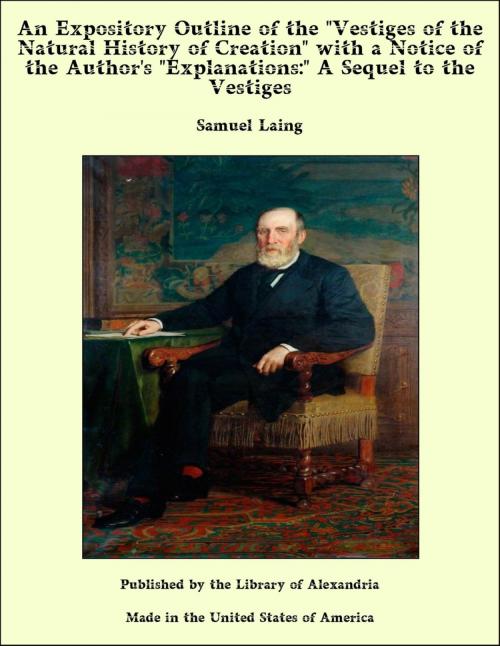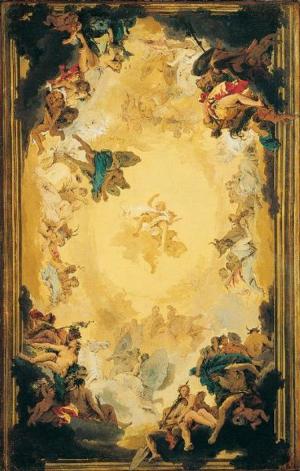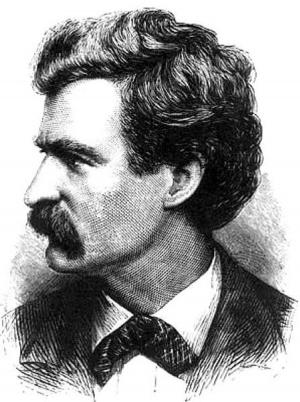An Expository Outline of the "Vestiges of the Natural History of Creation" With a Notice of the Author's "Explanations:" A Sequel to the Vestiges
Nonfiction, Religion & Spirituality, New Age, History, Fiction & Literature| Author: | Samuel Laing | ISBN: | 9781465590862 |
| Publisher: | Library of Alexandria | Publication: | March 8, 2015 |
| Imprint: | Language: | English |
| Author: | Samuel Laing |
| ISBN: | 9781465590862 |
| Publisher: | Library of Alexandria |
| Publication: | March 8, 2015 |
| Imprint: | |
| Language: | English |
The author opens his subject with a brief but luminous outline of the arrangement and formation of the astral and planetary systems of the heavens. He first describes the solar system, of which our earth is a member, consisting of the sun, planets, and satellites with the less intelligible orbs termed comets, and taking as the uttermost bounds of this system the orbit of Uranus, it occupies a portion of space not less than three thousand six hundred millions of miles in diameter. The mind cannot form an exact notion of so vast an expanse, but an idea of it may be obtained from the fact, that, if the swiftest racehorse ever known had began to traverse it at full speed at the time of the birth of MOSES, he would only yet have accomplished half his journey. Vast as is the solar system, it is only one of an infinity of others which may be still more extensive. Our sun is supposed to be a star belonging to a constellation of stars, each of which has its accompaniment of revolving planets; and the constellation itself with similar constellations to form revolving clusters round some mightier centre of attraction; and so on, each astral combination increasing in number, magnitude, and complexity, till the mind is utterly lost in the vain effort to grasp the limitless arrangement. Of the stars astronomers can hardly be said to know anything with certainty. Sirius, which is the most lustrous, was long supposed to be the nearest and most within the reach of observation, but all attempts to calculate the distance of that luminary have proved futile. Of its inconceivable remoteness some notion may be formed by the fact, that the diameter of the earth's annual orbit, if viewed from it, would dwindle into an invisible point. This is what is meant by the stars not having, like the planets, a parallax; that is, the earths' orbit, as seen from them, does not subtend a measurable angle. With two other stars, however, astronomers have unexpectedly and recently been more fortunate than with Sirius, and have been able to calculate their distances from the earth. The celebrated BESSEL, and soon afterwards, the late Mr. HENDERSON, astronomer royal for Scotland, were the first to surmount the difficulty that had baffled the telescopic resources of the HERSCHELS. BESSEL detected a parallax of one-third of a second in the star 61 Cygni, and in the constellation of the Centaur HENDERSON found another star whose parallax amounted to one second. Of the million of fixed glittering points that adorn the sky, these are the only two whose distances have been calculated, and to express them, miles, leagues, or orbits seems inadequate. Light, whose speed is known to be 192,000 miles per second, would be three years in reaching our earth from the star of HENDERSON; and starting from BESSEL'S star and moving at the same rate it could only reach us in ten years. These are the nearest stars, but there are others whose distances are immeasurably greater, and whose light, though starting from them at the beginning of creation, may not have reached our globe!
The author opens his subject with a brief but luminous outline of the arrangement and formation of the astral and planetary systems of the heavens. He first describes the solar system, of which our earth is a member, consisting of the sun, planets, and satellites with the less intelligible orbs termed comets, and taking as the uttermost bounds of this system the orbit of Uranus, it occupies a portion of space not less than three thousand six hundred millions of miles in diameter. The mind cannot form an exact notion of so vast an expanse, but an idea of it may be obtained from the fact, that, if the swiftest racehorse ever known had began to traverse it at full speed at the time of the birth of MOSES, he would only yet have accomplished half his journey. Vast as is the solar system, it is only one of an infinity of others which may be still more extensive. Our sun is supposed to be a star belonging to a constellation of stars, each of which has its accompaniment of revolving planets; and the constellation itself with similar constellations to form revolving clusters round some mightier centre of attraction; and so on, each astral combination increasing in number, magnitude, and complexity, till the mind is utterly lost in the vain effort to grasp the limitless arrangement. Of the stars astronomers can hardly be said to know anything with certainty. Sirius, which is the most lustrous, was long supposed to be the nearest and most within the reach of observation, but all attempts to calculate the distance of that luminary have proved futile. Of its inconceivable remoteness some notion may be formed by the fact, that the diameter of the earth's annual orbit, if viewed from it, would dwindle into an invisible point. This is what is meant by the stars not having, like the planets, a parallax; that is, the earths' orbit, as seen from them, does not subtend a measurable angle. With two other stars, however, astronomers have unexpectedly and recently been more fortunate than with Sirius, and have been able to calculate their distances from the earth. The celebrated BESSEL, and soon afterwards, the late Mr. HENDERSON, astronomer royal for Scotland, were the first to surmount the difficulty that had baffled the telescopic resources of the HERSCHELS. BESSEL detected a parallax of one-third of a second in the star 61 Cygni, and in the constellation of the Centaur HENDERSON found another star whose parallax amounted to one second. Of the million of fixed glittering points that adorn the sky, these are the only two whose distances have been calculated, and to express them, miles, leagues, or orbits seems inadequate. Light, whose speed is known to be 192,000 miles per second, would be three years in reaching our earth from the star of HENDERSON; and starting from BESSEL'S star and moving at the same rate it could only reach us in ten years. These are the nearest stars, but there are others whose distances are immeasurably greater, and whose light, though starting from them at the beginning of creation, may not have reached our globe!















